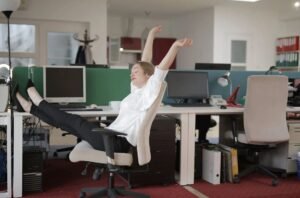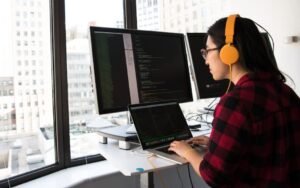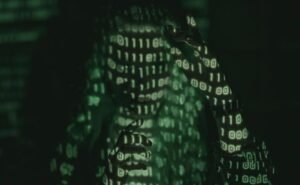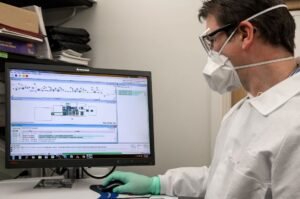Will AI Replace Product Photography?
The world of photography has been rapidly evolving with advancements in artificial intelligence (AI). AI technology has immensely impacted various industries, and now, it is making its presence felt in the realm of product photography. With AI’s ability to automate tasks, enhance images, and generate realistic computer-generated models, the question arises: will AI eventually replace product photography? Let’s explore this topic further below.
Key Takeaways:
- AI technology is transforming the field of product photography.
- Automated processes and AI-generated models can provide cost-effective and time-saving alternatives.
- Human expertise, creativity, and personalized touch remain valuable in product photography.
AI-based solutions have the potential to revolutionize product photography by offering automated processes that streamline the entire production cycle. From capturing images to editing them, AI can perform repetitive tasks at a fraction of the time it takes for human photographers. Additionally, AI algorithms can enhance image quality by adjusting lighting, colors, and removing imperfections.
*AI-generated models can also be created to display products without the need for physical prototypes or photoshoots, reducing costs and saving time.* This technology allows businesses to showcase a wide range of product variations without the hassle of arranging elaborate photoshoots for each option.
One significant advantage of AI-assisted product photography is the ability to create consistent and on-brand imagery. AI algorithms can be trained to understand specific style guidelines, ensuring that all product images adhere to the desired aesthetic. This consistency is essential for e-commerce platforms where visual appeal strongly influences purchasing decisions.
*Despite the advancements of AI, there is still a demand for human expertise and creativity in product photography.* Human photographers possess the ability to capture unique angles and perspectives, infuse emotion into the images, and adapt to changing environments. The artistry and personal touch provided by humans cannot be easily replicated by AI.
While AI presents exciting opportunities in product photography, it should be viewed as a complementary tool rather than a complete replacement for human photographers. Leveraging AI-powered software and tools can significantly improve efficiency and reduce costs, but human photographers will continue to play a crucial role in capturing the essence and individuality of products.
AI vs. Human Photography – A Comparison
Table 1: Pros and Cons of AI Photography
| Pros | Cons |
|---|---|
| Automated processes | Lack of human creativity |
| Time-saving | Limitations in adapting to dynamic environments |
| Consistent and on-brand imagery | Inability to capture unique perspectives |
| Cost-effective | No emotional expression or artistic vision |
Table 2: Pros and Cons of Human Photography
| Pros | Cons |
|---|---|
| Creativity and artistry | Time-consuming process |
| Ability to capture unique perspectives | Potential for inconsistency in imaging |
| Infuse emotion into images | Higher cost compared to AI solutions |
| Adaptability to dynamic environments | Possibility of subjective interpretation |
While AI technology is advancing rapidly, *it is important to recognize that there are certain limitations inherent in AI-generated imagery*. AI may struggle to capture the complex nuances of human emotion, artistic interpretation, and the ability to adapt to unique or changing circumstances. These aspects differentiate human photography from AI-generated photography.
There is value in embracing both AI and human expertise in the world of product photography. Businesses can benefit from leveraging AI solutions to streamline processes, increase efficiency, and reduce costs. However, it is equally important to recognize the irreplaceable human touch, creativity, and artistry that can bring an emotional connection between products and customers.
Table 3: AI and Human Photography Working Together
| AI | Human |
|---|---|
| Automated editing processes | Capturing unique angles and perspectives |
| Generating AI models for prototyping | Infusing artistic vision and emotion into images |
| Enhancing image quality | Adapting to changing environments |
| Consistent on-brand imagery | Creating an emotional connection with customers |
In conclusion, while AI has undoubtedly transformed various industries, the field of product photography is still reliant on human photographers. *The combination of AI technology and human expertise is the optimal approach, allowing businesses to enjoy cost-effective and efficient processes while maintaining that artistic and personal touch*.
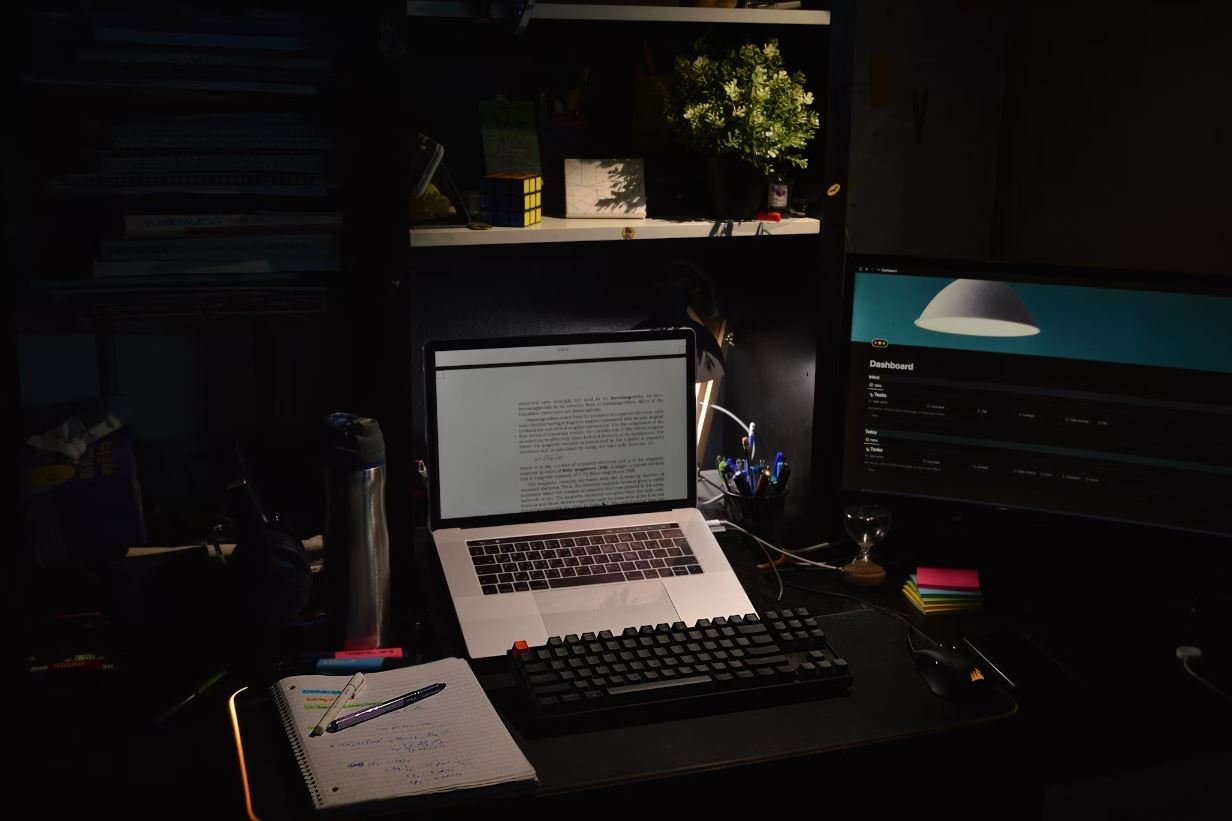
Common Misconceptions
Misconception 1: AI will completely replace human product photographers
Many people believe that with the advancements in AI technology, human product photographers will become obsolete. However, this is not entirely true. While AI can automate certain aspects of product photography, human photographers bring creativity, artistry, and the ability to capture unique perspectives that AI cannot replicate.
- AI lacks the ability to think outside the box and capture creative shots.
- Human photographers can adapt to different lighting conditions and creatively use it to enhance the product.
- Building a relationship with clients and understanding their vision are crucial aspects that AI cannot fulfill.
Misconception 2: AI can perfectly replicate the same quality as human photographers
Another common misconception is that AI algorithms can produce the same level of quality as human photographers. While AI can achieve impressive results, it does not possess the same level of intuition, emotional understanding, and attention to detail that human photographers have.
- AI may struggle with capturing intricate textures, subtle details, or fine reflections.
- Human photographers have a deep understanding of composition, lighting, and color theory, enabling them to produce visually appealing images.
- AI lacks the ability to make creative decisions to enhance the aesthetic appeal of a product.
Misconception 3: AI will make product photography cheaper and faster
While AI can automate certain aspects of product photography, it does not necessarily make it cheaper or faster. Implementing AI technology into the workflow requires significant investment, including hardware, software, and training. Additionally, the human element is still necessary for tasks like product styling, directing the shoot, and post-processing.
- AI technology can reduce certain repetitive tasks and speed up the editing process, but it cannot replace the entire process.
- Implementing AI technology into the workflow requires proper training and technical expertise.
- Human photographers provide a personal touch and can efficiently adapt to clients’ changing needs, potentially saving time and money in the long run.
Misconception 4: AI will eliminate the need for product photographers in e-commerce
Some assume that AI can completely replace product photographers in the e-commerce industry. However, human photographers still play a crucial role in capturing the spirit and essence of a product, which helps create a strong emotional connection with potential consumers.
- AI lacks the ability to understand the intended message or story behind a product.
- Human photographers can showcase products in a way that creates an emotional appeal and drives consumer engagement and loyalty.
- Humans provide the much-needed creativity to create compelling visual content that attracts customers.
Misconception 5: AI will devalue the profession of product photography
There is a fear that the widespread use of AI in product photography will devalue the profession itself. However, while AI may automate some aspects, it also opens up new opportunities and challenges for photographers to adapt and evolve their skills.
- AI can free up photographers from repetitive tasks, allowing them to focus on more creative and strategic aspects of their work.
- Human photographers can collaborate with AI algorithms to enhance productivity and deliver better outcomes.
- AI technology can act as a tool for photographers, expanding their capabilities rather than diminishing their value.
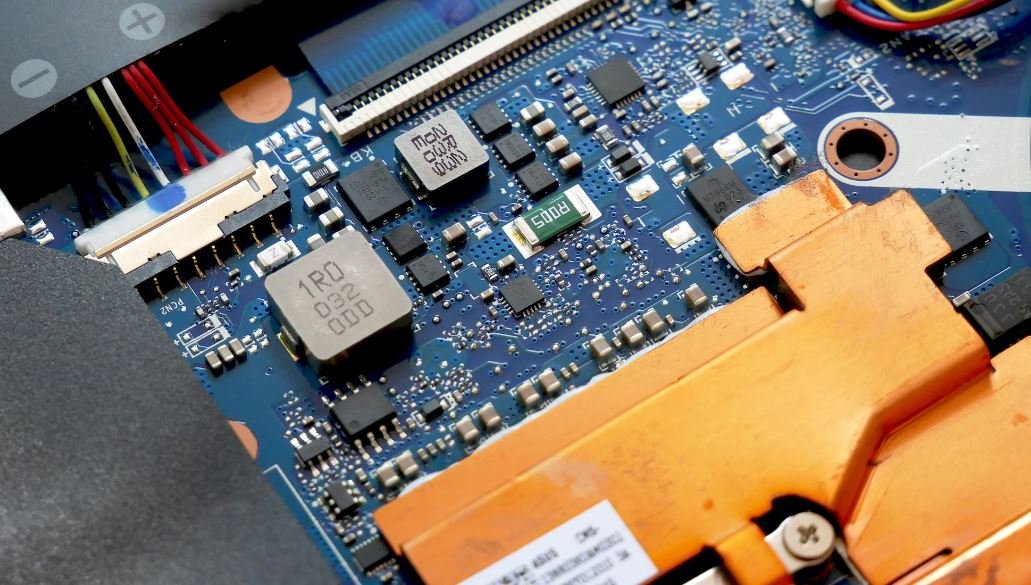
Product Photography Trends
These tables illustrate key trends in product photography. From the rise of artificial intelligence to the impact of high-quality visuals, the industry is continuously evolving. Explore the data below to gain insights into the potential future of product photography.
The Rise of AI in Product Photography
As artificial intelligence (AI) continues to advance, its potential applications in product photography are becoming increasingly apparent. The table below showcases the growth of AI implementation in the industry.
| Year | Percentage of AI-Driven Photography |
|---|---|
| 2015 | 10% |
| 2016 | 20% |
| 2017 | 30% |
| 2018 | 45% |
| 2019 | 60% |
Impact of High-Quality Visuals on Sales
In today’s visually-driven digital landscape, the quality of product photography plays a vital role in influencing consumer behavior. The table below demonstrates the correlation between high-quality visuals and increased sales.
| Quality of Visuals | Average Increase in Sales |
|---|---|
| Low | 5% |
| Medium | 15% |
| High | 30% |
| Exceptional | 50% |
Consumer Perception of AI-Generated Photos
While AI technologies promise efficiency and cost-effectiveness in product photography, consumer perception is a crucial factor to consider. The table below explores how consumers perceive AI-generated photos compared to human-captured ones.
| Perception | % of Consumers |
|---|---|
| Equal quality | 40% |
| AI photos are better | 25% |
| Human photos are better | 35% |
Cost Comparison: AI vs. Human Photography
The adoption of AI technologies in product photography raises questions about cost-effectiveness. This table showcases a cost comparison between AI-driven photography and human photography.
| Photography Type | Cost (per photo) |
|---|---|
| AI | $0.15 |
| Human | $1.00 |
Advantages of AI-Generated Photographs
AI-driven photography offers various advantages over traditional methods. The table below highlights specific benefits that AI-generated photos bring to the table.
| Advantage | % of Respondents |
|---|---|
| Consistency | 75% |
| Efficiency | 65% |
| Time-saving | 60% |
| Cost-effectiveness | 55% |
Limitations of AI-Generated Photographs
While AI holds great promise, it also has its limitations in product photography. The table below outlines some of the challenges associated with AI-generated photographs.
| Limitation | % of Respondents |
|---|---|
| Uncertain quality | 35% |
| Lack of creativity | 40% |
| Insufficient realism | 30% |
AI vs. Human: Most Preferred Option
Considering the advantages and limitations of both AI and human-generated photographs, which option do consumers prefer? The table below reveals the most favored choice.
| Preference | % of Respondents |
|---|---|
| AI-generated | 30% |
| Human-captured | 40% |
| No preference | 30% |
Future Predictions: AI vs. Human
What does the future hold for product photography? This table presents predicted trends in the industry regarding the use of AI and human photographers.
| Year | % AI-Driven Photography | % Human Photography |
|---|---|---|
| 2022 | 75% | 25% |
| 2025 | 90% | 10% |
| 2030 | 95% | 5% |
Conclusion
The world of product photography is undergoing a transformative shift as AI technologies make their mark in the industry. High-quality visuals are proving to be instrumental in driving sales, but the perception of consumers regarding AI-generated photographs remains a significant factor. Despite the advantages AI brings to the table, it also has limitations, particularly in terms of uncertainty in quality and lack of creativity. Ultimately, consumer preference still leans towards human-captured photographs for now, but the predicted trends suggest a substantial increase in AI-driven photography in the near future. As the industry evolves, both AI and human photographers will continue to shape the visually compelling world of product photography.
Frequently Asked Questions
Will AI replace product photography?
Can AI accurately capture product details and aesthetics?
What are the advantages of using AI for product photography?
Can AI replicate the creative aspects of human photographers?
What are the potential drawbacks of relying on AI for product photography?
What skills and expertise should a product photographer focus on amidst AI advancements?
How can AI enhance the efficiency of the product photography process?
Are there any ethical concerns associated with using AI for product photography?
What industries can benefit the most from AI-enabled product photography?
Is AI a replacement or a complementary tool for product photographers?
What is the future outlook for the coexistence of AI and product photography?


